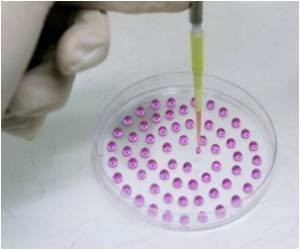
"We believe that through an understanding of human vascular biology, coupled with technologies such as tissue engineering, we can introduce biological grafts that mimic the functional properties of native vessels and that are capable of growing with the patients," said Christopher K. Breuer from Yale University School of Medicine.
Breuer also said that patients are currently being enrolled in a first-of-its-kind clinical trial at Yale University to evaluate the safety and growth potential of tissue-engineered vascular grafts in children undergoing surgery for congenital heart disease.
To make this discovery, Breuer and colleagues conducted a three-part study in mice, starting with two groups of mice.
The first group expressed a gene that made all of its cells fluorescent green and the second group was normal.
Researchers extracted bone marrow cells from the "green" mice, added them to previously designed scaffolds, and implanted the grafts into the normal mice.
Advertisement
These findings led to the second part of the study, which tested whether cells produced in the host's bone marrow might be a source for new cells.
Advertisement
The researchers found that the cells forming the new vessel were female, meaning they did not come from the male bone marrow cells.
In the final experiment, researchers implanted a segment of male vessel attached to the scaffold into a female host.
After analysis, the researchers found that the side of the graft next to the male segment developed with male vessel wall cells while the side of the graft attached to the female host's vessel formed from female cells, proving that the cells in the new vessel must have migrated from the adjacent normal vessel.
The discovery was published in the FASEB Journal.
Source-ANI








